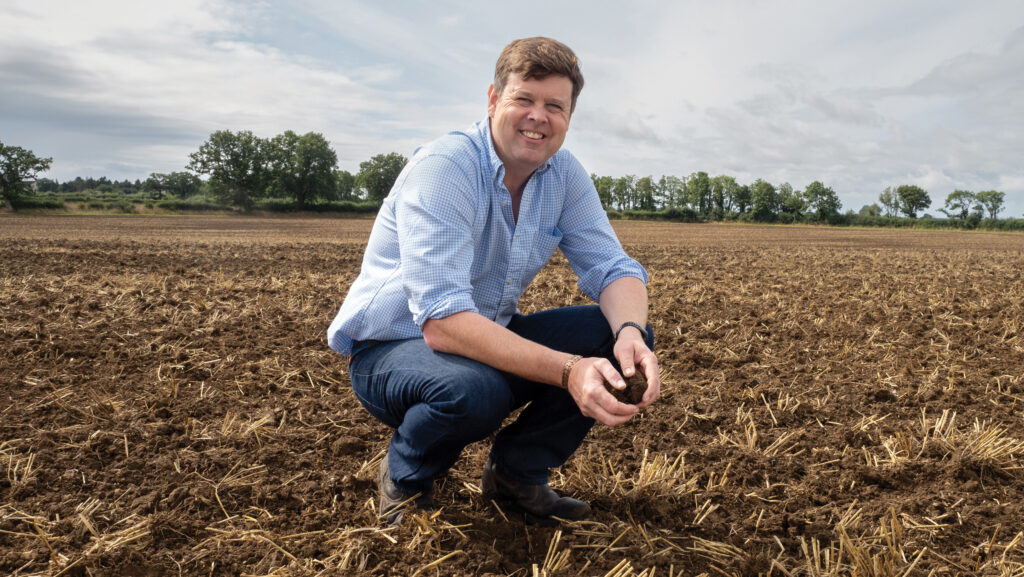Farmer Focus: Maize chopping and autumn drilling has begun
 Robin Aird © Kathy Horniblow
Robin Aird © Kathy Horniblow We finished cutting the spring wheat on 1 September, and it seems to have rained most days since.
We have completed secondary cultivations on the land destined for rye, and we have had a lovely chit of blackgrass.
This has just been sprayed off and we started drilling the rye on 16 September.
See also: Harvest 24: Final push to complete challenging Scottish harvest
Historically, we have drilled later as a cultural control for blackgrass, however, we are finding the later we drill the closer we get to big rain events and in turn increase scorch and even death of the crop with the pre-emergence spray.
I have been contemplating doing a post-emergence control only, but the time from planting to a green leaf can be over three weeks.
I believe the blackgrass pressure would be too great, hence the route we are taking.
Niab Tag did some splendid work on pre-emergence chemical and seedling damage, so we are now choosing our chemistry based on these findings.
We have also started chopping maize, coming off at 32% dry matter, which is perfect for the anaerobic digestion plant, and it is yielding above budget at present.
The stubbles will get a quick spray of Roundup if the weeds are still green before a cultivation using the Horsch Terrano.
I am hoping we can then come through with the Carrier to knock the seed-bed down again and get another chit of blackgrass before we drill the winter wheat.
My wheat varieties for next year will be home-saved Palladium and Extase, as I was happy with how they performed and nothing at any trial sites jumped out at me this year.
I am also going to trial 2t of Cheer, as it has just got Group 1 milling approval so it will be interesting to see how it performs.
This year, we are also planning to do a post-emergence on the wheat on top of the pre-emergence as the block of ground we are drilling is historically dirty.
We will start with a Liberator (diflufenican + flufenacet)-based programme and follow up with the Luxinum (cinmethylin).


